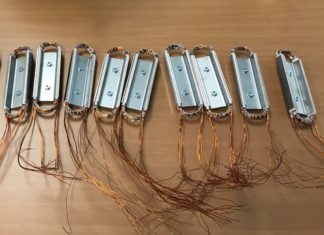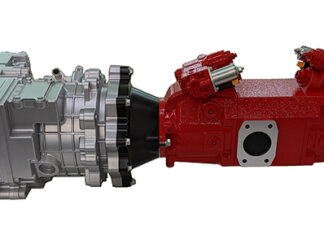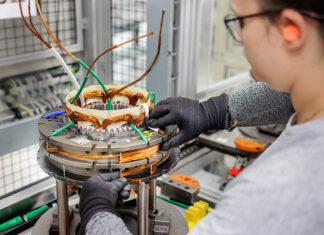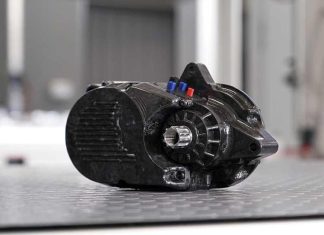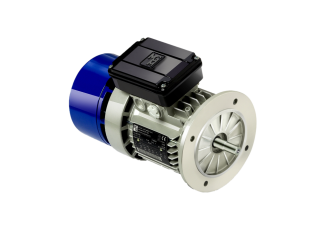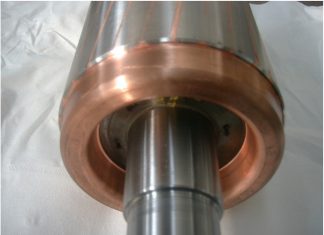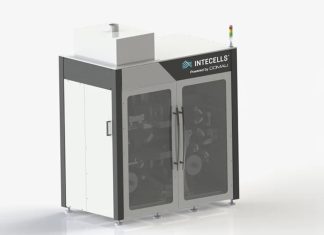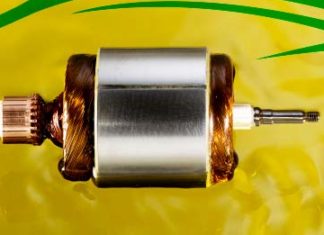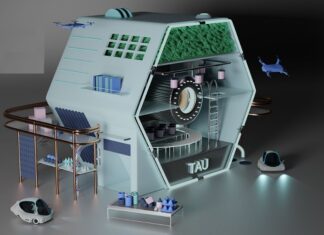Electric drives improved in density, efficiency and reliability
RAISE European Project, coordinated by the group of Electrical Machines and Drives – MeltingLab of University of Modena and Reggio Emilia (UniMoRe), aims at offering solutions to improve the reliability of power converters, of...
Additive manufacturing, windings in DC motors
Oak Ridge National Laboratory, managed by UT-Battelle LLC for the US Department of Energy, has recently released the news of its research into applying additive manufacturing to replace windings in DC motors.
The basic question...
The concept model for “k-axle” high-speed electric motor- pump unit
Recently, Kawasaki Heavy Industries, Ltd. announced its plan to unveil the conceptual model for its “K-Axle” high-speed electric motor-pump unit, which is currently under development for use in construction machinery and industrial vehicles.
K-Axle comprises...
The new motor by Renault and Valeo without rare earths
Renault Group and Valeo have joined their competences to create a new generation of electric motors. Each of them has contributed with its own central piece (the rotor for Renault Group and the stator...
First carbon motor for e-bikes unveiled
Edinamic has launched the EDC1, the first motor for e-bikes in carbon. EDC1 is equipped with a unique powertrain with a patented pedal release mechanism that allows the rider to disengage...
Brake motors specialists since 1947
M.G.M. Motori Elettrici S.p.A. is the leading Italian technology for brake motors, established for 75 years in Europe and worldwide. The main production facility is located in Serravalle Pistoiese (PT), with a...
Comparison of IE3 efficiency induction motors with aluminum and copper rotor cage
The three-phase induction motors are widely used in several applications where the efficiency is important to contain the consumptions.
The aim of this study is to design and compare...
Comau and Intecells, next-generation electrode manufacturing
Comau has reinforced its strategic collaboration with U.S.-based Intecells to accelerate the industrialization and commercialization of next-generation electrode manufacturing solutions based on cold plasma technology.
Following an initial...
Impregnating resins for mechanical stability and insulation
Axalta’s bespoke automotive products provide electrical insulation solutions and are designed to improve the performance levels of modern electric motors. They include Voltron wire enamel, Voltatex 4200 for impregnation, and adhesive electrical steel coatings...
Wires for electric motors: a new standard for the coating
It is called Tau, it is a Turin start-up in electric mobility and advanced materials and it collected 6.75 million Euros of funding for its innovative wire for electric motors, with the target of...

